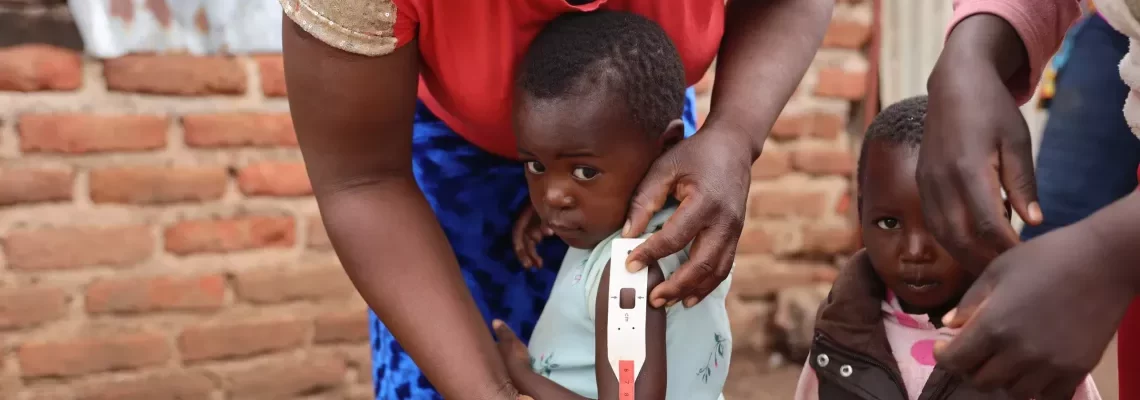In Zimbabwe, supporting food security now and in the future
Zimbabwe | 2024 | CERF
Zimbabwe, Chredzi. Chredzi district in south-east Zimbabwe is semi-arid – and that’s in a good year.
Poor rains at the end of 2023 meant the harvest was only about half its usual level in early 2024. The El Niño-induced drought has worsened Zimbabwe’s already critical food security crisis. Over 6 million people were estimated to be affected by the drought.
People like Auxilla and her neighbours were having to find new ways to supplement their diets and keep themselves and their kids healthy.
OCHA pooled funding helped ensure children stayed healthy in the midst of severe drought and food insecurity.
A CERF Rapid Response allocation of $5 million aimed to help about 400,000 of the worst affected people with nutrition and logistics support, including nutrition screenings, and storage and transport of cereal stocks.
It also funded community-based care groups to improve children’s health. UNICEF used CERF funding to scale up Health and Childcare groups that reduce child malnutrition.
Care groups are mother-led community meetings that prevent malnutrition for kids by learning and cooking together. This activity has helped reduce malnutrition even during these difficult times.
The groups are also looking toward the future, as Auxilla, the group leader, explains.
“We are in the process of setting up our community garden, where we can grow carrots, tomatoes, beans, and maize for the benefit of our young ones. Some households have also set up fish ponds at their homesteads.”
Based on a story from UNICEF.
More information on the CERF Rapid Response Allocation in Zimbabwe.
November 2024
